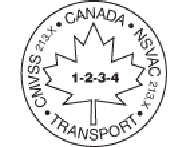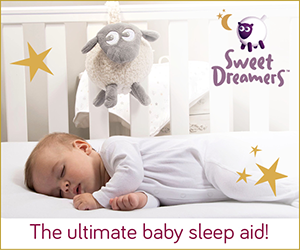Car Seat & Air Bag Information

Your Child Could Be In Danger
Every year, over 10,000 children 12 or under are injured, some of them fatally, in traffic collisions. Surveys show that as many as 80% of Canadian children are not properly restrained when they’re travelling in motor vehicles.
The best way to protect children from the danger of collisions or sudden stops is to restrain them properly in the rear seat of your vehicle – the “Kid Zone”. The “Kid Zone” is the safest place for children aged 12 or under. In fact statistics show that kids are 25% safer in the rear seat.
Protecting Your Unborn Child
Seat belts are required by law and the best way to protect an unborn child in a motor vehicle collision is to protect the mother. Pregnant women should always wear the lap and shoulder belt when riding in a vehicle. Worn properly, the seat belt will not harm the baby. The belt should be worn low over the pelvic bones and not against the soft stomach area. It should be as snug as possible without being uncomfortable and the shoulder belt should be worn across the chest.
Protecting Your Children
Child Restraints – Safety Regulations
Various organizations and government agencies are involved in setting regulations and providing information on child restraint systems (child car seats).
Transport Canada is responsible for setting safety standards on infant and child restraint systems. This federal government department ensures that manufacturers who produce child restraints comply with Canadian safety standards. The Department also investigates public complaints regarding possible safety defects in child restraints and ensures that manufacturers inform the public of any defective seat.
Health Canada in conjunction with Transport Canada, is responsible for ensuring the safety of child safety seats by regulating or prohibiting their sale, advertisement and importation. This would include the sale of seats in second-hand stores or garage sales.
All child restraint systems (infant, child and booster seats) sold in Canada must meet Canadian Motor Vehicle Safety Standards (CMVSS) set by Transport Canada. These standards ensure that the movement of the child will be limited in the event of a collision or a sudden stop. They also set safety levels for strength, flammability, padding thickness and requirements for installation instructions. Look for the National Safety Mark on the seat like the one pictured here:
Shopping for a Child Restraint System
The seat must meet Canadian Motor Vehicle Safety Standards (CMVSS) as set by Transport Canada. Seats bought in other countries, including the United States, may not meet strict Canadian standards. It is against the law to use one that does not meet Canadian standards. Look for the National Safety Mark.
The seat is appropriate for the height, weight, and muscular development of your child and that the seat allows space for the child to grow.
A higher price is often only an indication of a more expensive fabric covering or more accessory features. The “best” car seat is one that fits the above criteria and can be installed correctly in your car and that you will use every time you drive.
All vehicles are different. The restraint you require for your child must fit firmly and securely on your vehicle seat. Prior to September 1, 2002, most restraints required the use of the seat belt system.
Try the seat out before buying it. Does your child look comfortable? Consider the material, the freedom for arm movement, the comfort for sleep, the space for bulky clothing, etc. Also, are the harness straps long enough for continued use as the child grows?
Finally, remember to fill out the registration card that comes with your seat so the manufacturer can contact you for any recalls.
Used Car Seats
Take CAUTION when buying a used car seat. Car seats must meet the Canadian Motor Vehicle Safety Standard and carry the compliance label stating the height and weight of the child for which the seat is designed. Detailed instructions, all straps and parts, (including the tether strap for forward-facing seats), must be present. Check the following:
Does it have a National Safety Mark? If not, it may not meet Transport Canada’s safety regulations.
Does not have a label with the date of manufacture and seat name or model number? It may be too old or it may have been subject to recall. Without a label, you cannot check.
Does it come with instructions? Is it missing parts? You need instructions to know how to install the car seat and have all the parts to do so.
Has it any cracks in the frame? Has it been in a collision? Seats that are cracked or broken must not be sold. It is important to know the history of any second-hand seat, as it should not be used if it has ever been involved in a collision.
For additional information on child restraints or if you suspect a safety-related defect with your child car seat, contact Transport Canada: Information Centre: 1-800-333-0371
Web Site: www.tc.gc.ca/roadsafety





